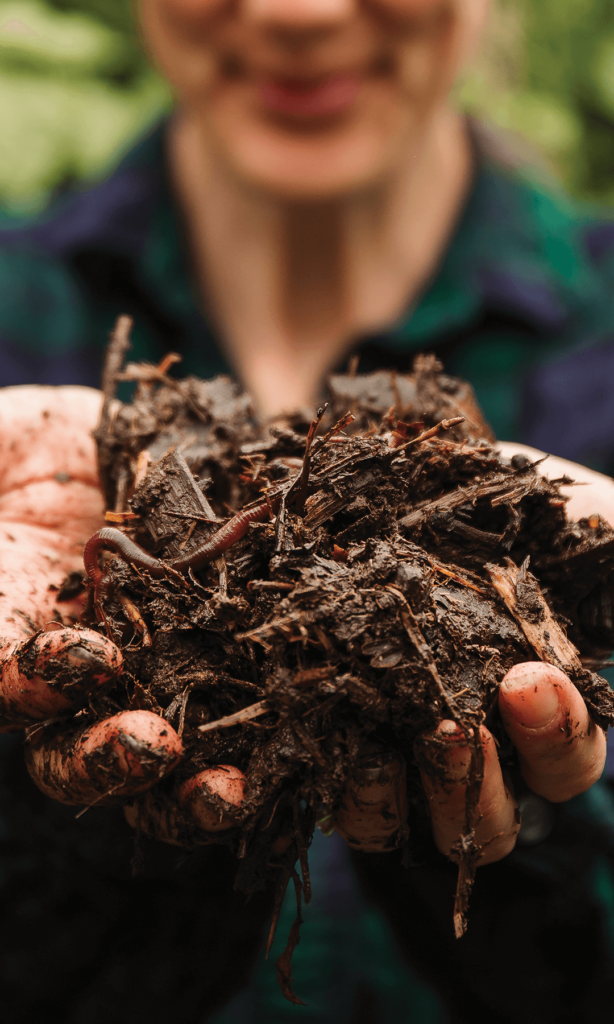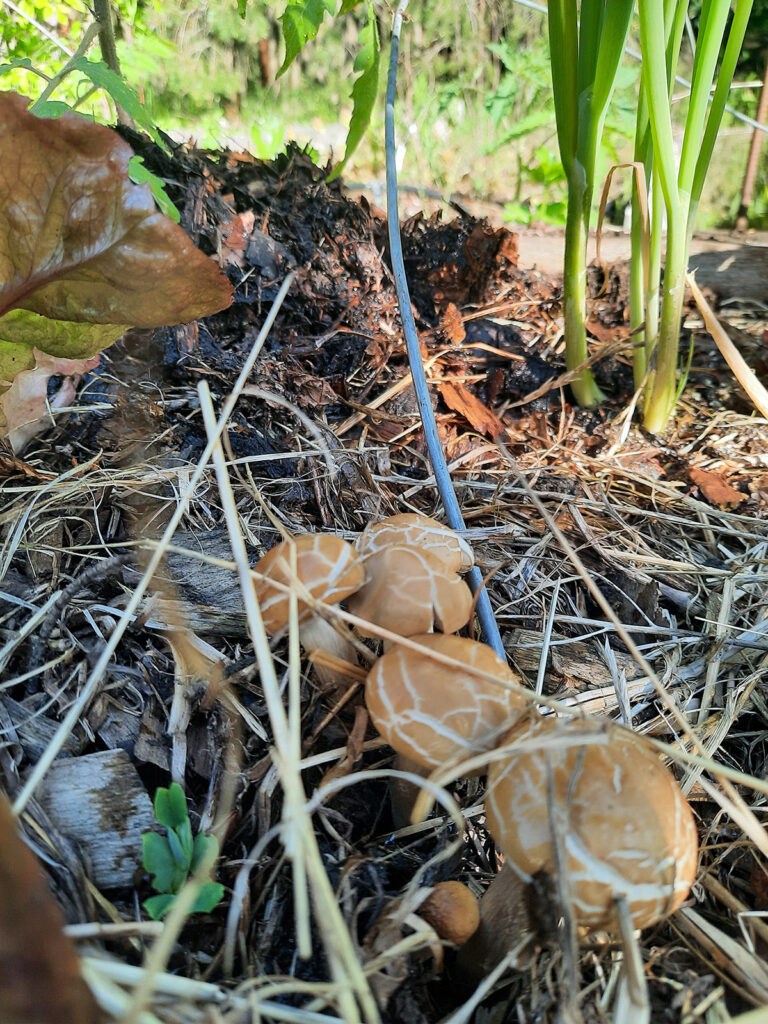I would like to reduce chemical inputs and convert to a biological approach. What is my soil food web baseline? (i.e, which micro-organisms are “home” in my soil, and what functions can I expect from them?)
I am growing an entire field of (insert crop name). Why are some plants thriving and others are looking sick? Why are my yields reducing over time?
I would like to grow (insert crop name). Is the soil food web suitable for it to thrive?
My friend grows beautiful (insert crop name) but mine just don’t seem to do as well. Why?
What is going on in the bare/weedy patches in my otherwise healthy field?
I have applied (insert name of amendment/input/growing strategy). How has this affected the existing soil food web community?
I am having a problem with (insert pest name). What is the state of the soil food web where the affected plants are growing?
What is the state of the soil food web in this bare field/bare garden bed? To what plants would it be suited?
I am curious about an area with apparently different growing conditions. What would grow best in each of these areas?
This area, either recently or in the past, suffered (insert event). How has this affected the soil food web present, and what can I grow here?

